What Different Types Of Tree Fungi Mean For Your Trees
If your trees have been looking rough lately, there may be more to the problem than meets the eye. One possible reason could be fungi growing on the trunk, branches, or even deep below the surface in the roots. A little discoloration or an odd-shaped growth might seem harmless at first, but some types of fungi can seriously damage a tree’s health. Knowing what kind of fungus you’re dealing with is a big part of protecting your trees and your property.
Different fungi show up in different ways. Some create powdery white patches, while others look like mushrooms sprouting from the bark. And even though they might seem like nothing to worry about, some of these fungi can slowly eat away at your tree’s core. Recognizing the signs early and having experienced tree services take a look can help stop bigger problems down the road. Fall is a season when many fungal infections really start to show, so now’s the time to pay close attention.
Common Types Of Tree Fungi
Fungi come in many forms, and each one gives off different signs depending on the tree and its environment. Some attack the roots while others live on the leaves or dead wood. Here are a few of the more common fungi that property owners tend to run into:
1. Armillaria Root Rot (also called Honey Fungus): This one often hides underground and feeds on the roots. Trees may look like they’re in decline with yellowing leaves or early leaf drop. You might also spot white mushrooms popping up at the base of the tree in the fall. One strong sign is a white, moldy layer just under the bark near the soil line.
2. Oak Wilt: If you see leaves wilting from the upper branches downward, especially in oak trees, oak wilt could be the reason. It spreads quickly and can kill a tree fast. This fungus lives deep in the tree’s water system, blocking the flow of nutrients.
3. Powdery Mildew: This fungus is easy to spot. It looks like a layer of white or gray powder dusted across the leaves. It usually shows up in warm conditions with poor airflow. While it’s not always deadly, it slows the tree down and can lead to other issues if it’s not taken care of.
4. Bracket Fungi: You’ve probably seen these before. They look like shelves or plates growing out from the trunk or large branches. While some types grow on dead wood only, others attach themselves to living trees and begin to break them down from the inside out.
Each of these fungi shows up in different ways, and their presence can mean different things for your trees. Some are manageable with the right attention, but others need fast action to prevent long-term damage. Knowing what you’re looking for makes it easier to spot trouble before it spreads. A local expert can quickly figure out what’s going on and what needs to be done.
Effects Of Fungi On Tree Health
It’s easy to overlook a patch of fungus as something simply cosmetic, especially when the tree still has leaves or seems stable. But fungi play a long game. They often spread inside the tree before any signs show on the outside. That’s why early detection is so important.
Once inside, fungi can:
- Rot the roots and anchor system, making the tree more likely to fall
- Weaken branches, increasing the chance of breakage during strong wind or storms
- Disrupt how water and nutrients move through the tree
- Create entry points for insects and other pests
For example, if bracket fungi are growing along the trunk, they may already be feeding on the heartwood. Over time, this weakens the core of the tree, even if the leaves still look normal. One solid gust during a storm could bring the whole thing down. That’s not something you want to find out the hard way.
The key thing to remember is that fungi don’t work alone. They open the door to even more problems if ignored. Knowing how to spot them and getting the right help goes a long way to keeping your landscape safe and your trees in good shape.
Preventing And Treating Tree Fungi
Keeping tree fungi in check starts with good care habits. Trees under stress are more likely to develop infections, so giving them what they need throughout the year helps keep them strong enough to resist fungus. That includes proper watering, seasonal pruning, and cleaning up fallen branches and leaves that could carry spores.
Here are a few simple steps you can take:
- Rake and remove fallen leaves in the fall to break the cycle for leaf-borne fungi like powdery mildew
- Avoid overwatering and make sure the soil drains well, especially around the trunk
- Prune dead or dying limbs to reduce places where fungi settle
- Space trees far enough apart so air can move through the canopy
- Don’t damage the base of the tree with lawn tools or heavy equipment
Treatment depends on what kind of fungus you’re dealing with. For surface-level fungi like powdery mildew, a cleanup and some airflow can often solve the issue. But when it’s something deeper like root rot or oak wilt, it’s usually hiding inside the tree, and by the time you see symptoms, it’s already spread. In those cases, the best chance at saving the tree comes with early professional care.
One mistake people make is cutting away fungus without knowing what it is. That doesn’t get rid of it and may even make things worse. Even worse, it can spread spores to nearby trees or let insects in. Getting help from someone who knows how to identify and treat the problem correctly is your best move to protect the trees and the rest of your landscape.
When To Seek Professional Help
Sometimes it’s tough to tell if what you’re seeing is just a surface issue or something deeper. If any of these things sound familiar, it’s time to bring in someone who handles tree care for a living:
- Mushrooms growing around the trunk or on the bark
- Big patches of leaves turning color or dropping out of season
- Branches that snap off too easily
- Dead spots with no new growth
- A sudden lean or roots pulling away from the ground
Waiting too long to act can turn a small fix into a full tree removal. That’s why it’s smart to err on the side of caution and have someone take a look when something feels off. Tree fungi are tricky. Some grow slow over the years. Others move fast and can wipe out a tree in one season if nothing’s done.
One homeowner in town thought their tree just had dry roots because it wasn’t getting enough water, but it turned out to be root rot. By the time they had it checked, the tree was too far gone and needed to be cut down before it damaged the fence. All of that stress might’ve been avoided with a visit from a tree professional when the first signs showed up.
Professionals not only spot warning signs quickly, but they also have the right tools and know-how to treat infected trees. Plus, they can inspect nearby trees to make sure it hasn’t spread without you knowing.
Keep Your Trees Protected All Year
Tree fungi come in many forms, and they don’t always announce themselves loudly. Sometimes the only clue is a small patch of dust on the leaves or a few mushrooms near the trunk. Other times, the signs aren’t visible until real harm has already been done. Staying ahead of the problem means paying attention to shifts in your trees’ color, posture, and branch strength.
Simple changes in routine can go a long way. Seasonal checkups, regular pruning, clearing out debris, and being alert to sudden changes give your trees a better shot at standing strong year after year. When caught early, many fungal problems can be managed without having to remove the full tree.
And remember, trees don’t have to look sick to be sick. Just because the leaves are full doesn’t mean the trunk or roots are healthy. Getting another set of eyes on your trees from time to time is a smart way to avoid hidden dangers. With a little upkeep and the right help, your trees can keep thriving long after the fall colors fade.
To keep your trees healthy and safe, consider the benefits of professional care throughout the seasons. Whether it's addressing fungal concerns or performing regular upkeep, Tree Experts, LLC is here to help. For trusted support in maintaining your landscape, learn more about our tree services.

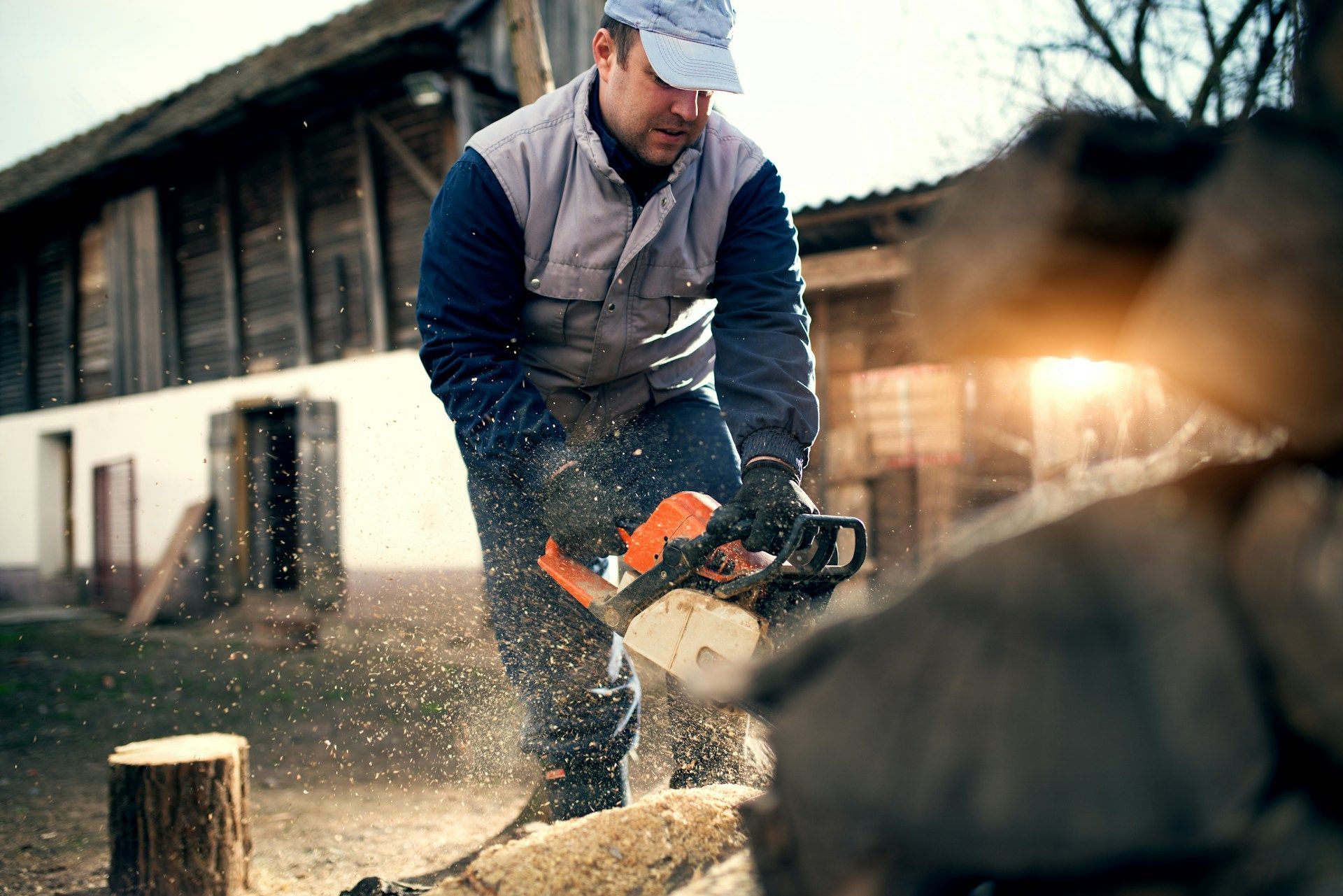

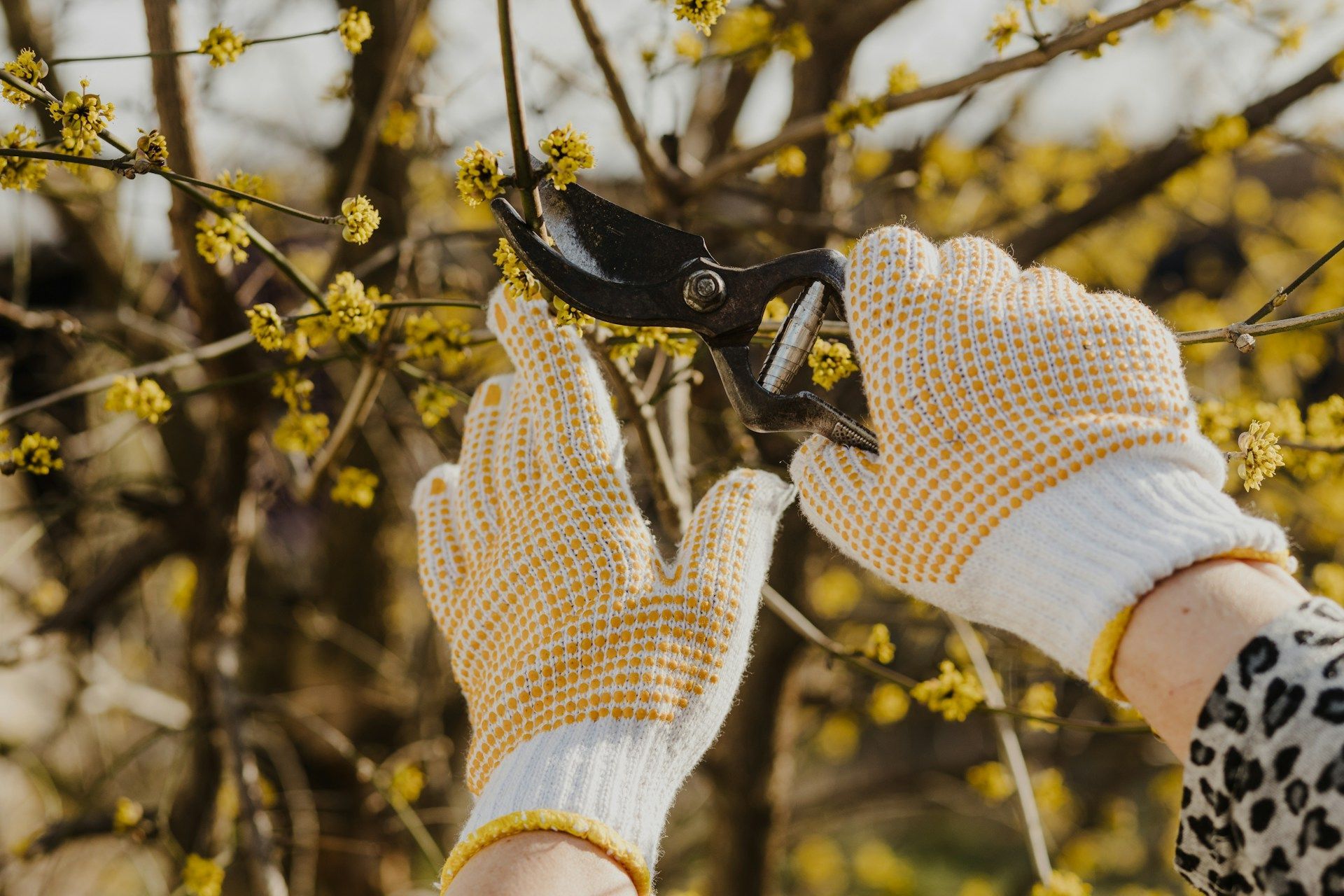
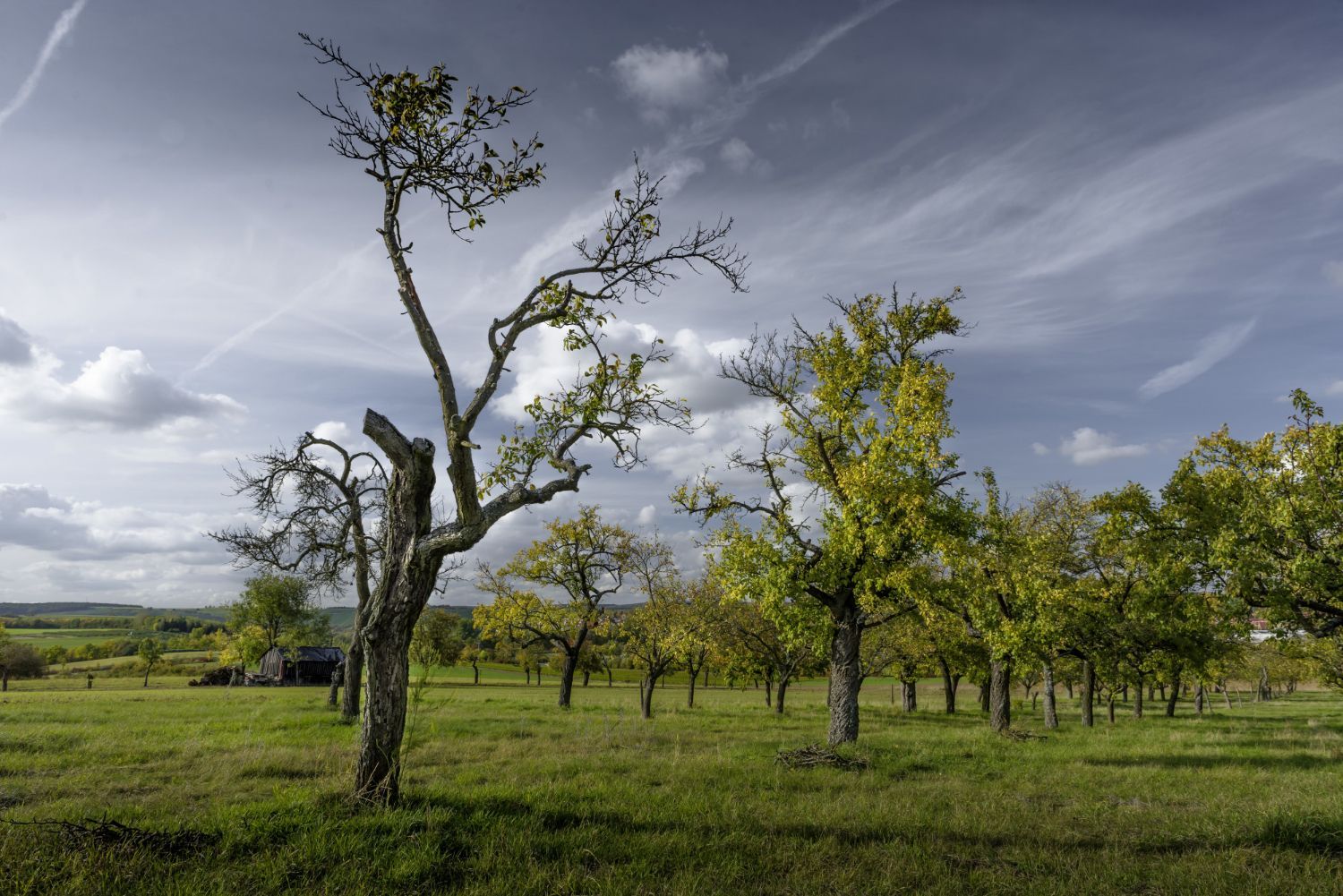
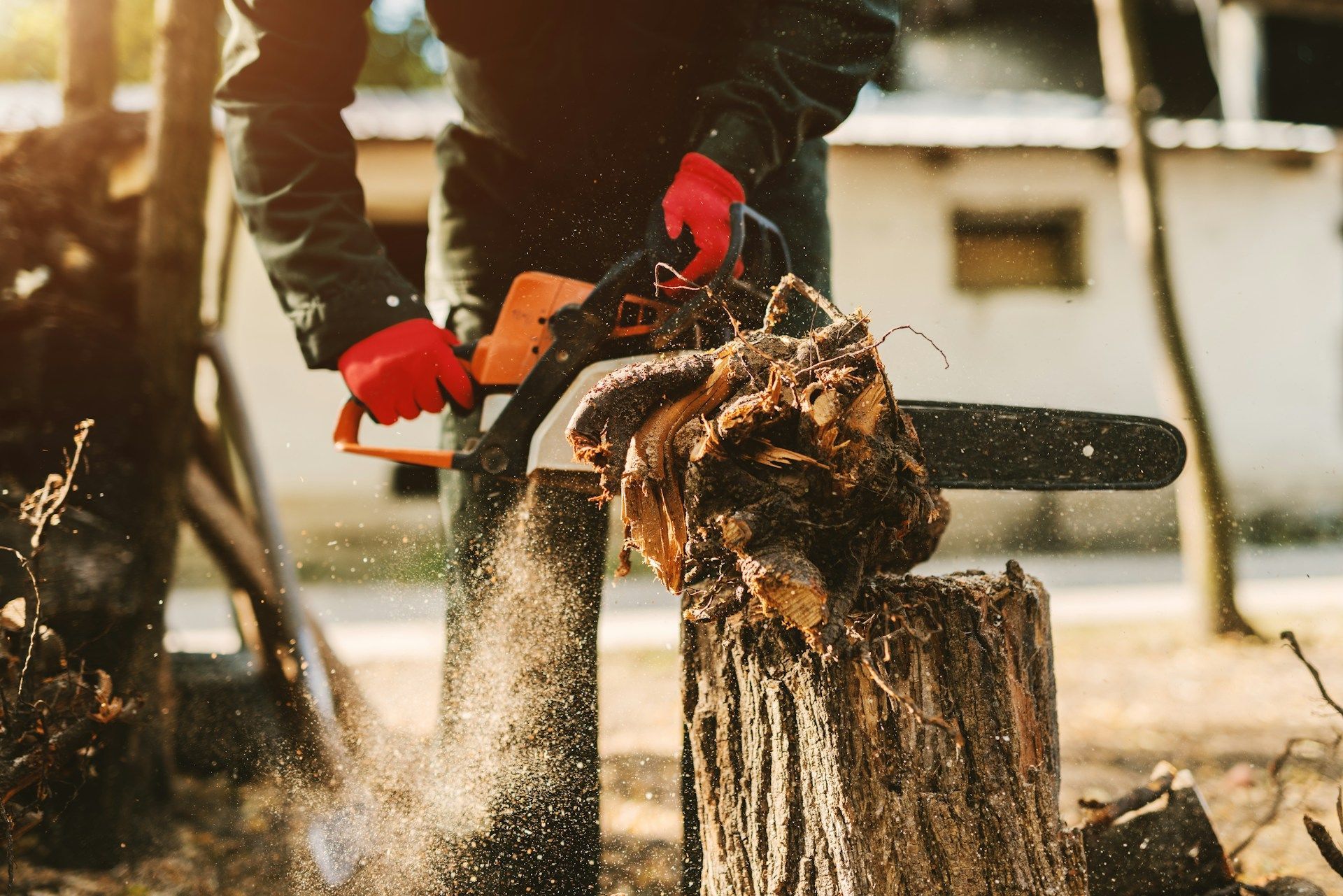
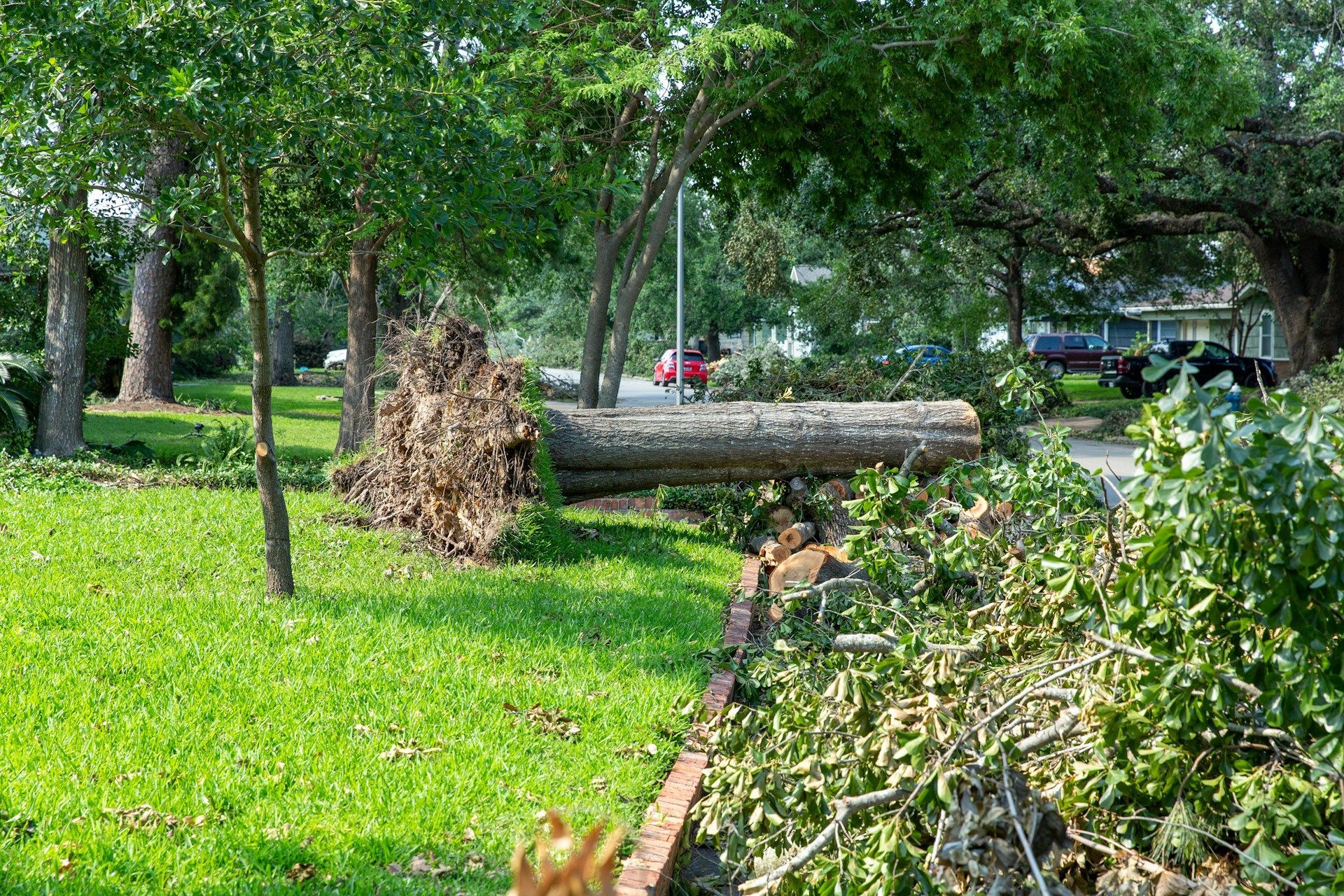
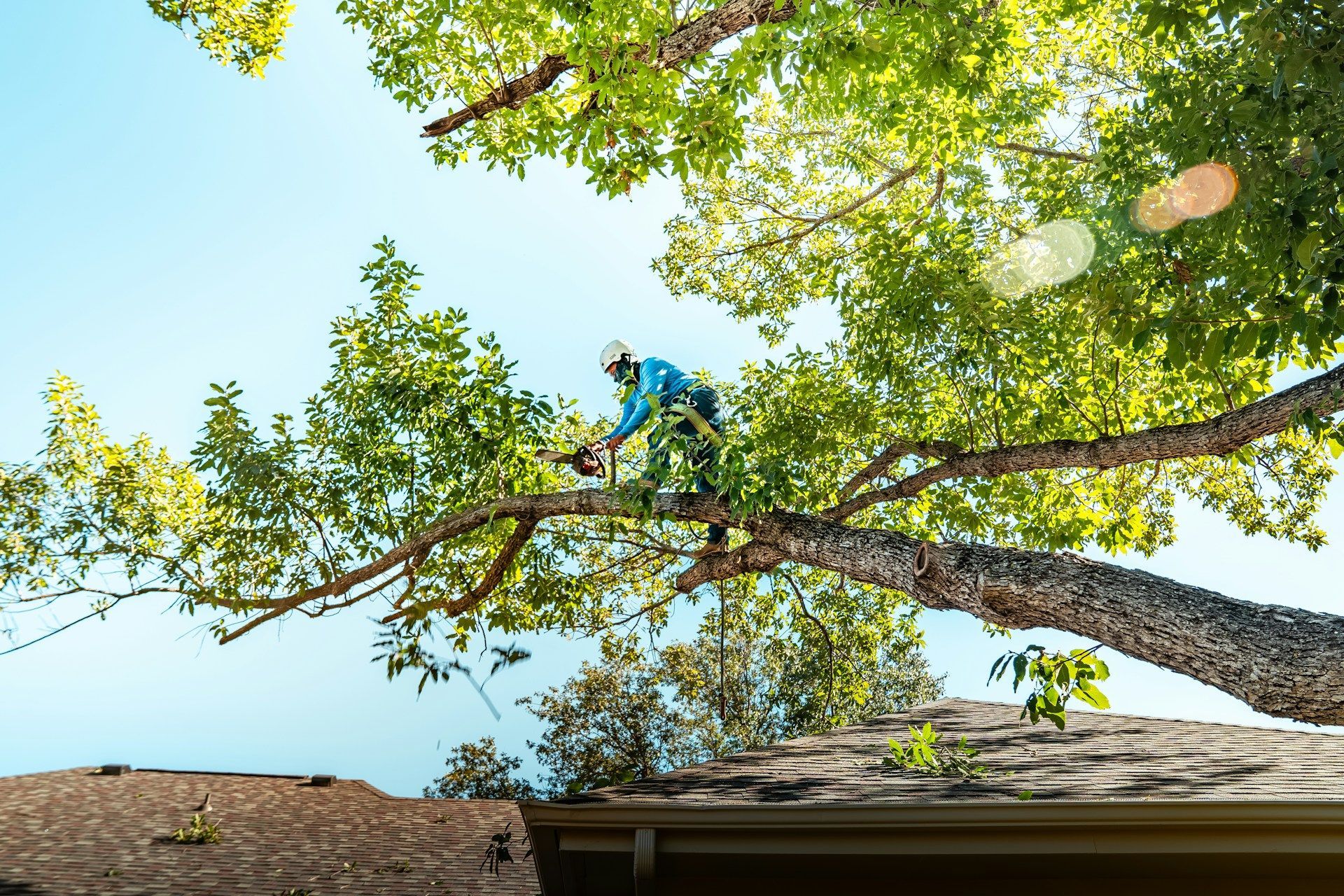
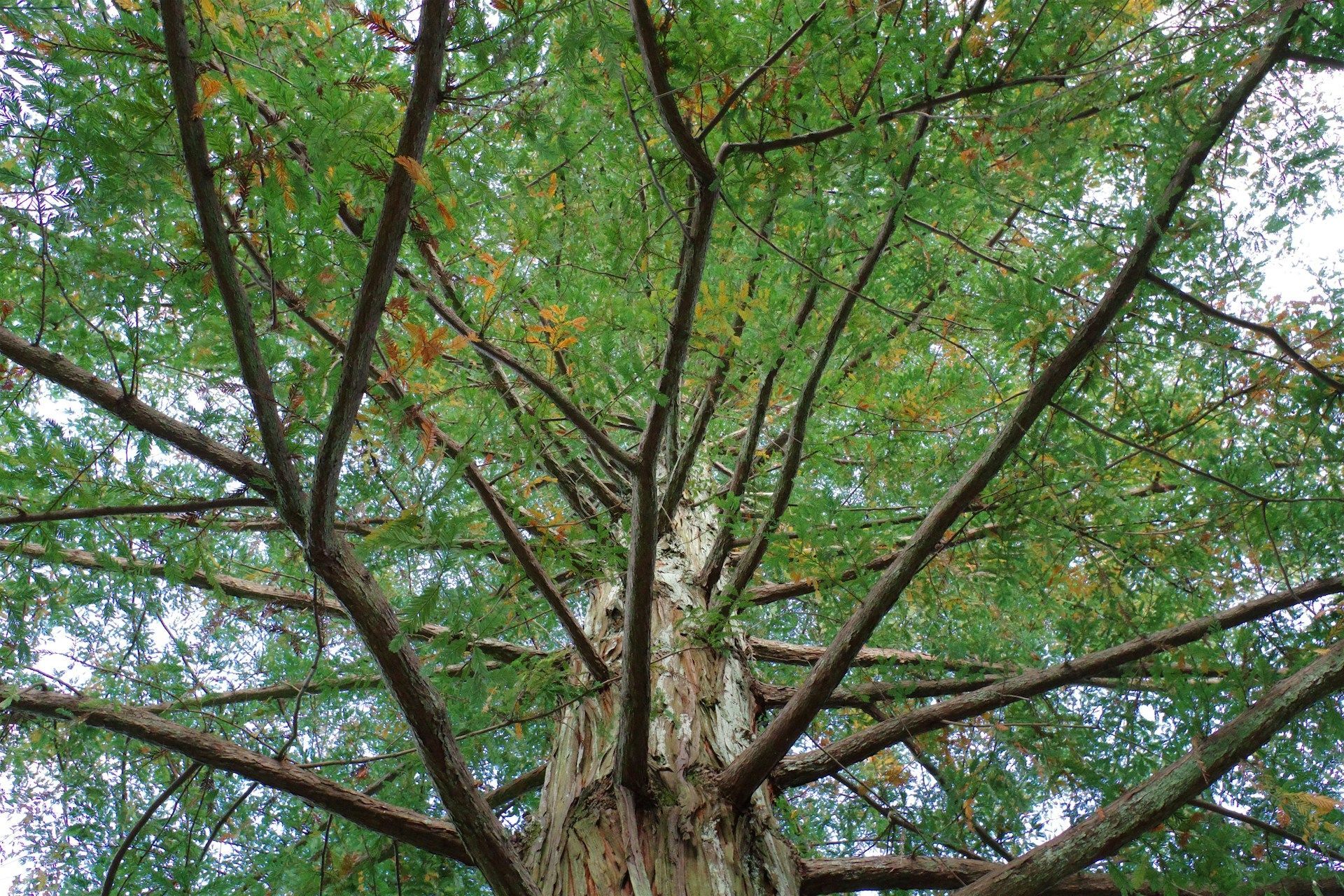
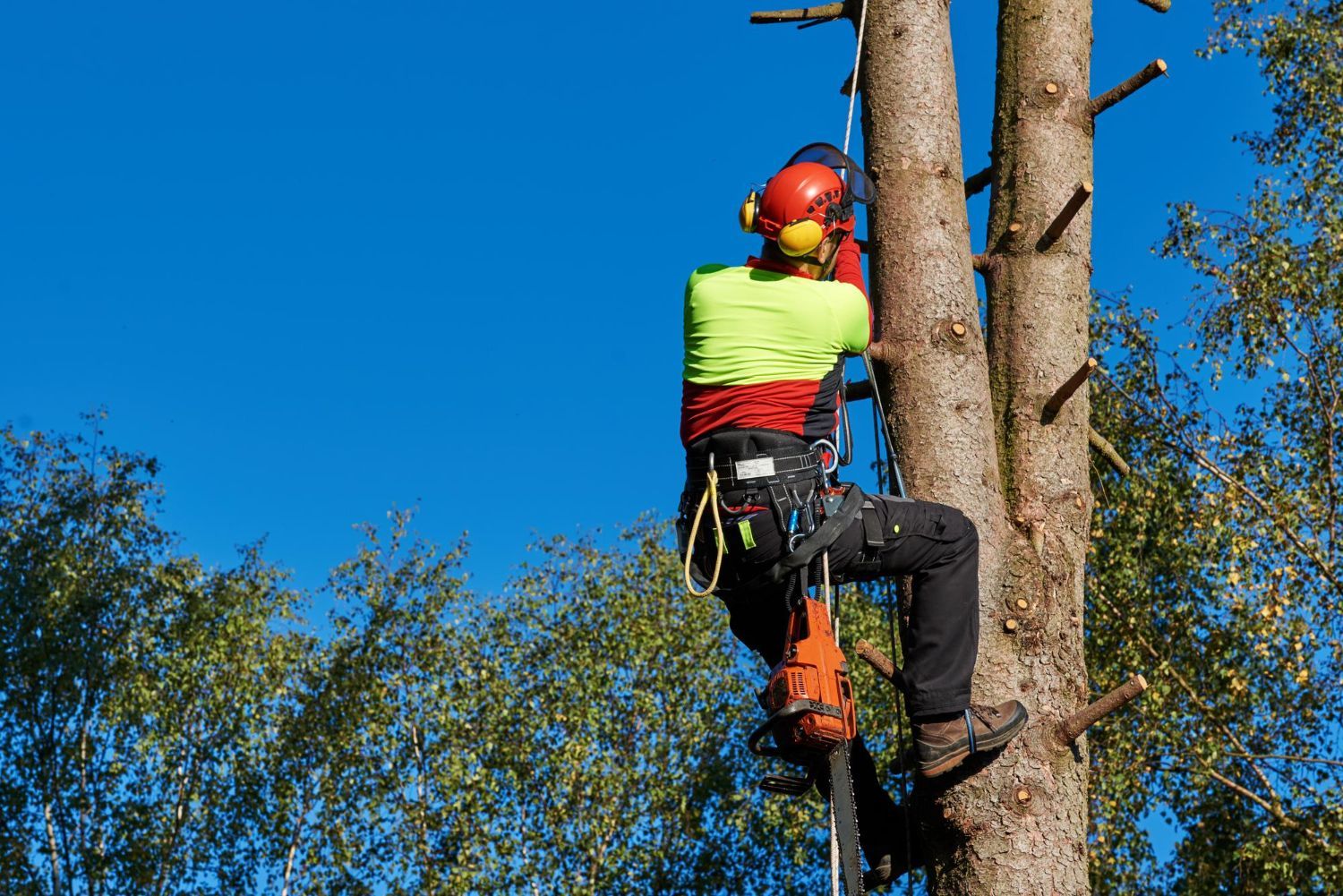
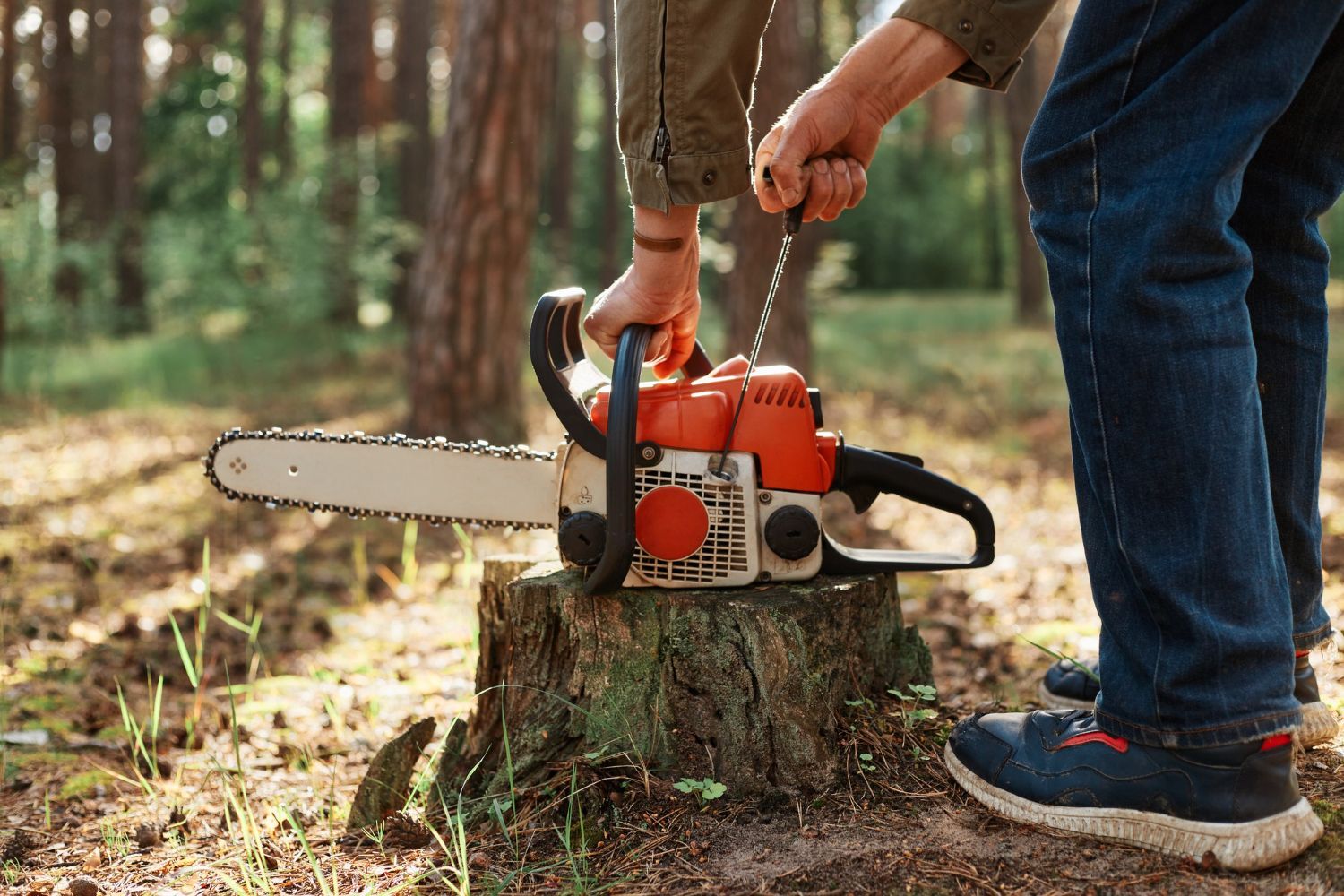
Share On: